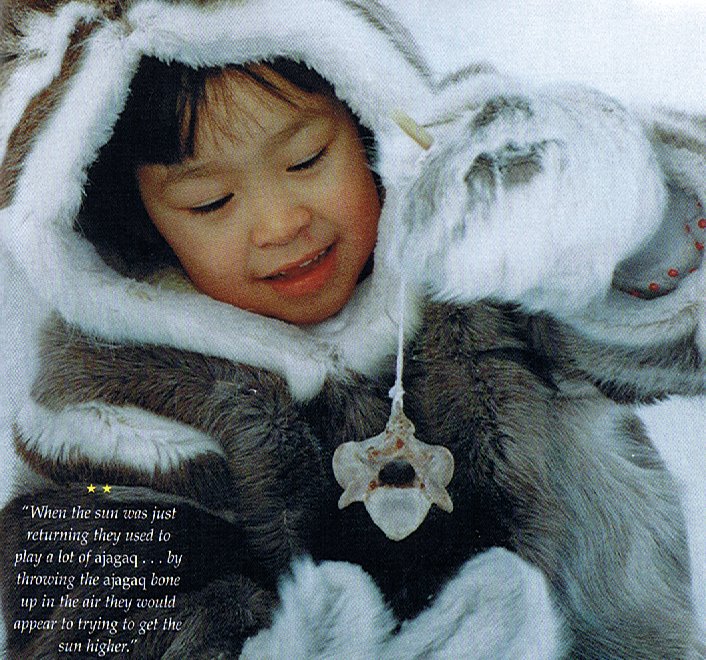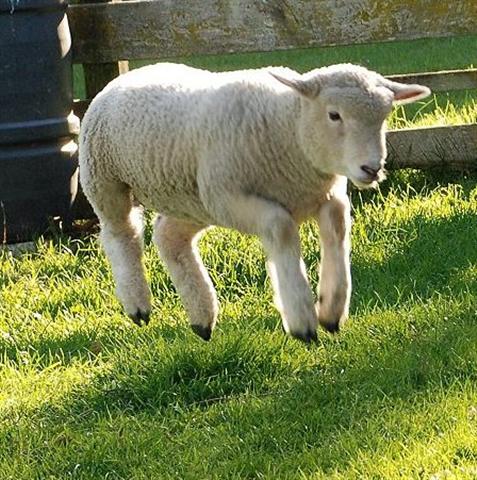|
4. Beyond the 'spiritual stage' comes the first of the legs which is both visible and uplifted.
Allen has this to say: "λ, 3.7, and μ, 3.2, red. These are our Tania borealis and Tania australis; and together were the Arabs' Al Kafzah al Thāniya, the Second Spring (of the Gazelle), marking the Bear's left hind foot. Baily has them in his edition of Ulug Beg's Tables, from Hyde's Latin translation, as Al Phikra al Thānia, - in the original Al Fikrah, the Vertebra; but this, more probably, is entirely wrong, as these three pairs of stars have always marked three of the Bear's feet." In a broader context we can associate the 'leaping' Vertebra with the Inuit game of throwing such a piece of bone into the air when Sun is on his way up (cfr 2 Eyes on Top):  The person with a very high neck in Ga4-9 has both his arms held high and his front leg slightly uplifted, all signs of his high energy. Not only gazelles are capable of 'stotting' - abruptly disconnecting themselves from the earth - and I guess the following picture illustrates why the Ram once was chosen as a sign of the vital Spring:
|
|||||||||||||||||||||||||||||||||||








